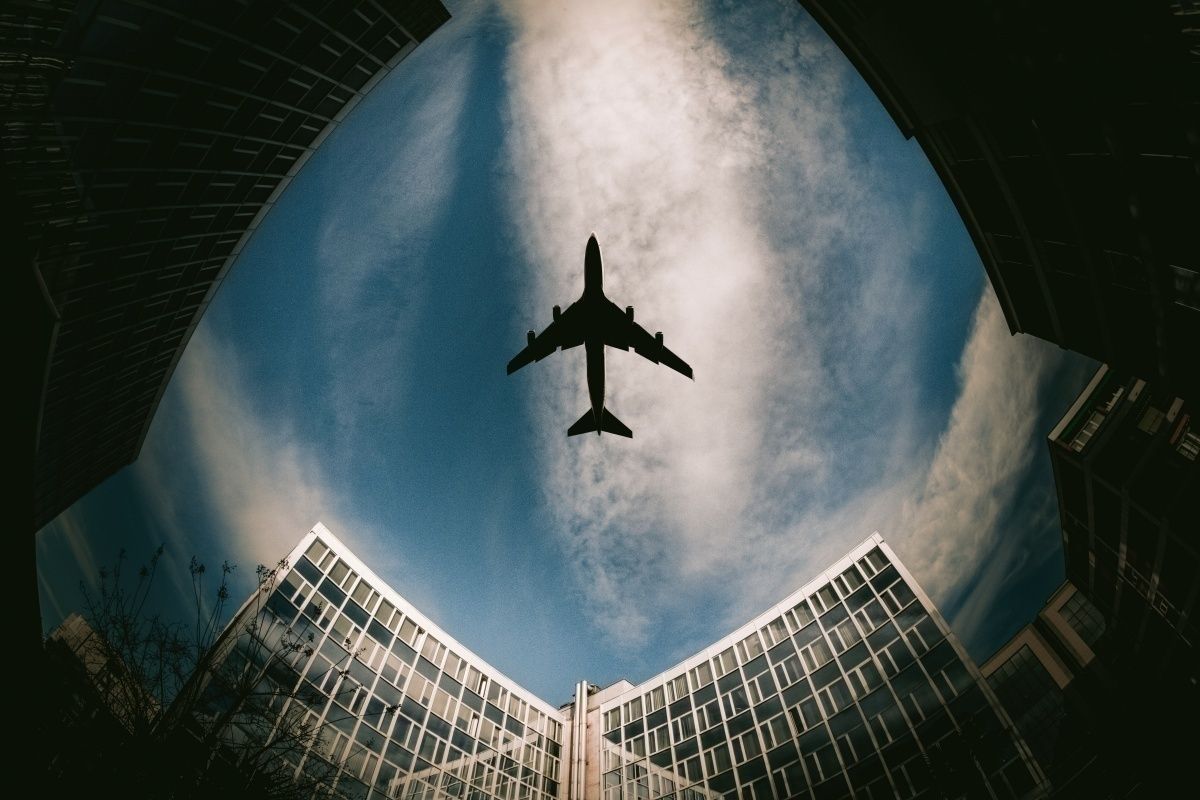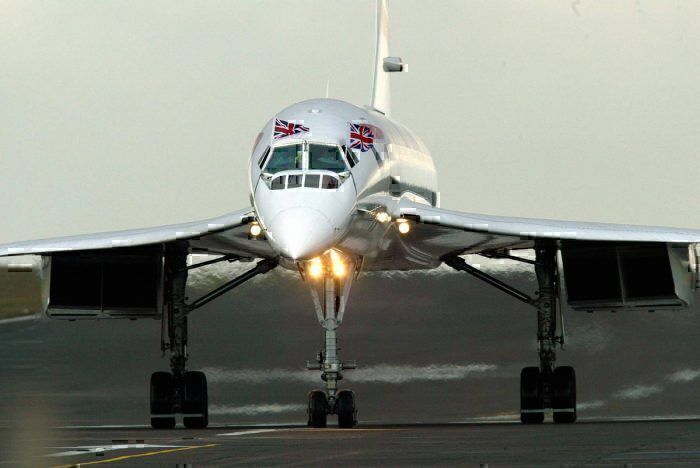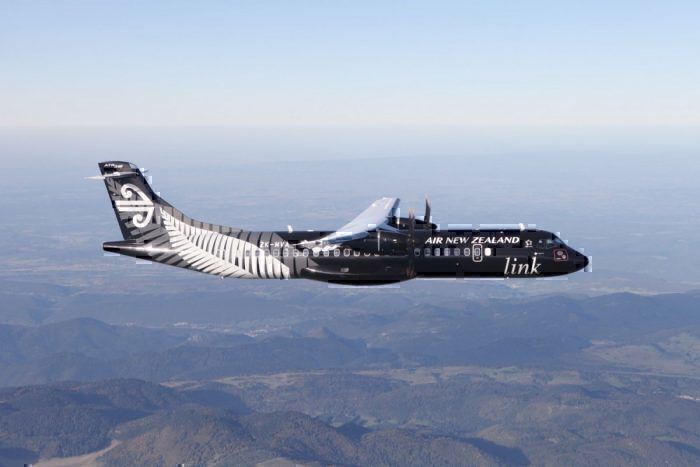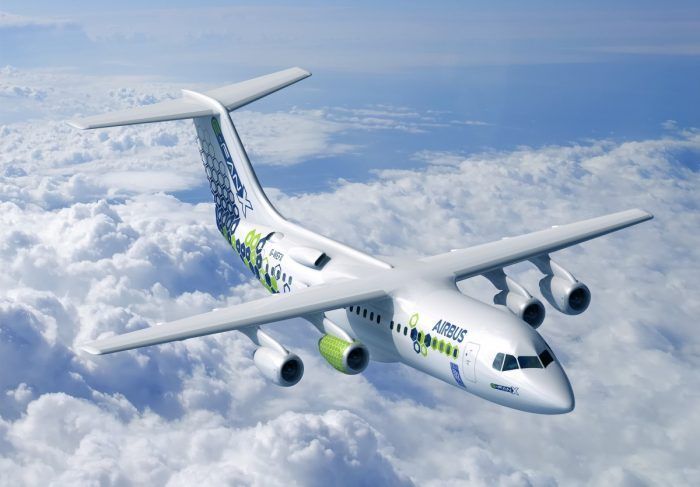The aviation industry is abuzz with talk of how to drive down CO2 emissions. With growing pressure from the flying public, every airline is working its way through the options available to it, from carbon offsetting to improvements in fleet efficiencies. However, there are still many out there who think that an electric aircraft will save us all. Is that realistic, or is it just another white elephant that will never really happen?
The white elephants of aviation
The aviation industry has had a few notable ‘white elephants’ in its time. Just after the Second World War, the Bristol Brabazon was intended to revolutionize transatlantic passenger travel. However, the airliner had a ridiculously high cost per seat mile so, despite £3.4m of investment, the project got no orders and was subsequently disbanded.
In the 1960s, Boeing spent today’s equivalent of $35 billion on a supersonic white elephant: the 2707. This was a futuristic speed of sound aircraft with a massive design flaw that meant it could carry almost no payload at all.
Some aircraft which are called ‘white elephants’ were almost a success. The Concorde, for instance, was as groundbreaking as it was iconic. But, in the end, poor value in terms of operational costs meant it never had mass appeal. The story is similar for the Airbus A380.
While these white elephants have one by one been abandoned at various stages of their existence, there seems to be another pale pachyderm on the horizon. Is the idea that we can electrify aircraft just another white elephant waiting to happen?
A problem of power
The issue with electrifying aircraft is the power source itself. With no major groundbreaking innovations in the world of battery technology, getting enough stored power on board a large passenger aircraft would require power units of immense size and weight.
Mark Dunnachie of ATR Aircraft previously pointed out that to get an ATR-72 in the air with electricity would require a 20 ton battery, almost as heavy as the entire MTOW of the plane. Andreas Klöckner from the German Aerospace Center (DLR) concurred with this notion, expressing doubt that a large electric aircraft would be seen much before 2040.
And it’s not just the power that’s the problem. Even if a large passenger aircraft was created that was 100% electrically powered, would it be brought to market in time to make enough of an impact?
Lufthansa’s CEO, Carsten Spohr, recently pointed out that the decisions being made by airlines now are those we will have to live with for the next 25 years. From order to delivery can take some three to five years, then usually an airline will fly those planes for 10, 15 or even 20 years. By the time that airline needs to renew its fleet again, the opportunity to make an impact on climate change before 2050 will be pretty much over.
A more realistic solution
While a 100% electric aircraft may be some years away, and possibly just a white elephant that will either never be built or built too late, electrification could play a role in driving down the CO2 emissions associated with flying. Hybrid electric-jet technology is a much more realistic possibility, and something that we could see as an option on existing aircraft within the next decade or so.
Airbus is working in partnership with Rolls Royce on the E-Fan X, an engine which is expected to take its first flight in 2021. This would see one of an aircraft’s jet engines replaced by an electric engine, which could reduce the amount of jet fuel required for landing, as well as handling some of the propulsion once at cruising altitude and speed.
CEO of Safran, Philippe Petitcolin, recently said in an article carried by La Tribune that we need to forget 100% electric aircraft, at least for now. He is quoted as saying,
“On these types of aircraft and distances, there will certainly be hybridization with electricity that will assist the engines, but the replacement of engines by electric motors, we must forget. We were fooled by this because it is happening in the automotive sector, but the battery does not meet the demands of commercial aviation."
However, he does admit, as do others, that for small planes operating short distances, electrification of aircraft is perhaps not quite so farfetched. For the rest of the aviation sector, we’ll have to hope that a combination of improvements to engine technology, carbon offsetting and taking fewer short flights when ground based options are available is enough.




